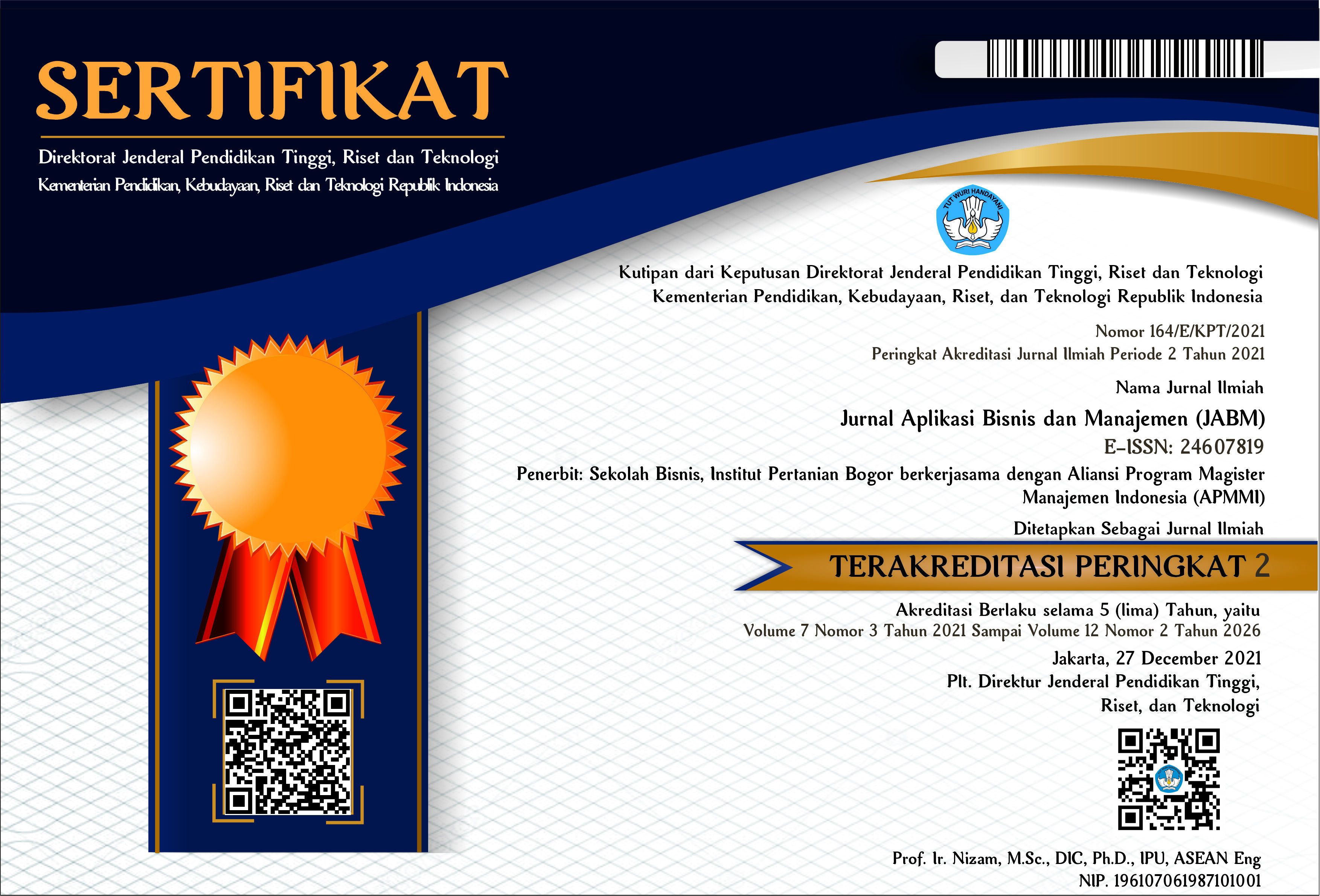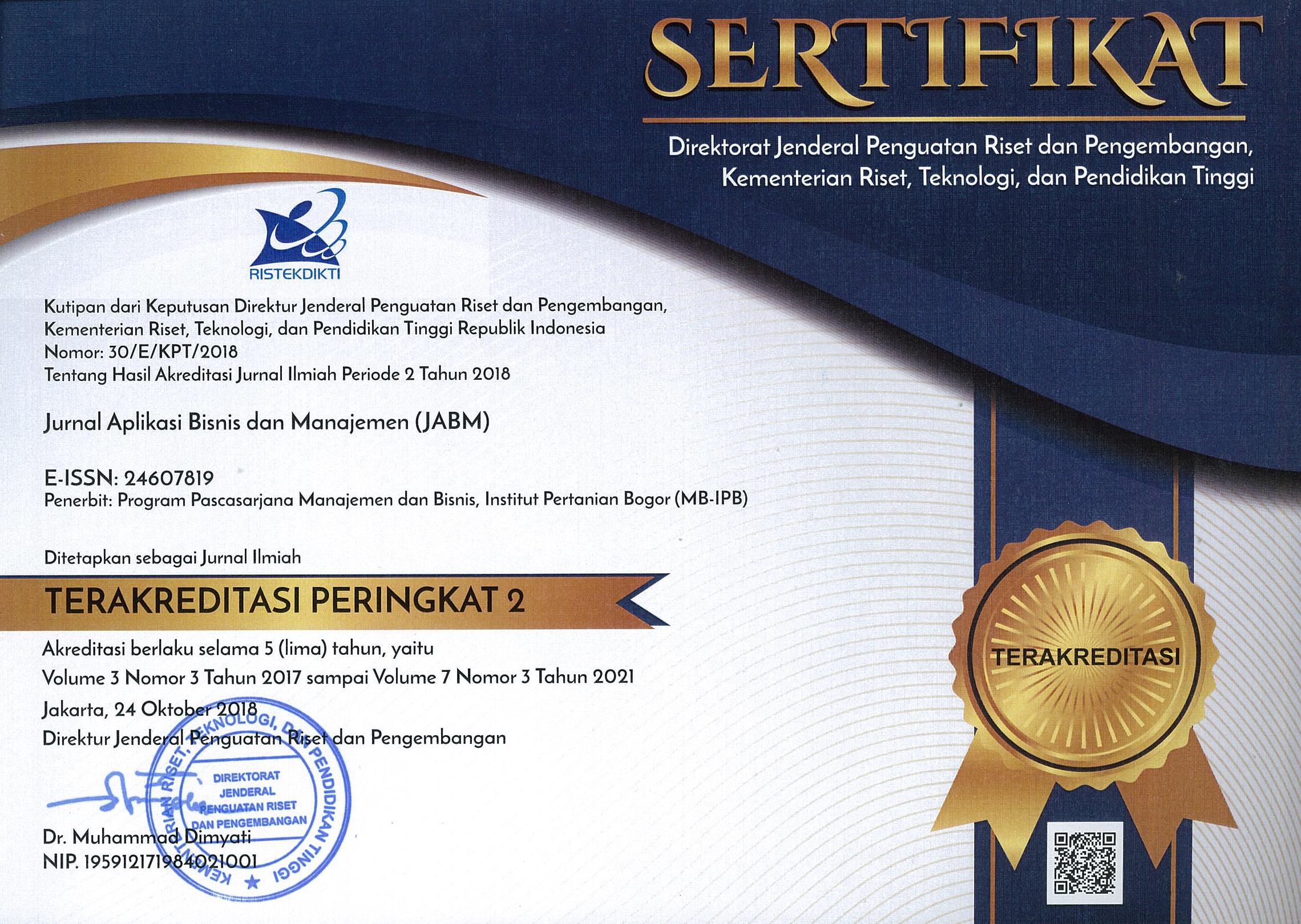Penerapan Total Productive Maintenance (TPM) Pada Pabrik Gula Rafinasi di Indonesia (Studi Kasus: PT. XYZ)
Abstract
This article aimed to analyze the application of Total Productive Maintenance (TPM) at one of the biggest sugar refinery companies in Indonesia, which encounters decline in productivity within these 4 years. Total Productive Maintenance (TPM) is a system for improving the factory productivity. The implementation of TPM pillars was evaluated through overall equipment effectiveness (OEE), visual management, lost time injury (LTI), and time accident rate (TAR) methods. The results of the analysis indicated that the accomplishment of 5S program implementation as the TPM foundation was around 65% for the total area, and 61% for production area, while the target was 85% for compliance score. Implementation of planned maintenance had not attained the standard target in terms of availability and performance rate parameters. Autonomous maintenance was the unimplemented pillar in the company. This research concluded that PT. XYZ has not implemented TPM effectively in its operational. The recommendation for PT. XYZ is to implement the autonomous pillar and scheduled part replacement to solve issues at the factory, and to focus on critical work areas; i.e. dryer-cooler station, areas with the highest breakdown duration and mean time to repair (MTTR), and the lowest mean time between failures (MTBF).
Keywords: critical work area, OEE, productivity, sugar refinery, TPM
Abstrak: Penelitian ini bertujuan untuk menganalisis penerapan Total Productive Maintenance (TPM) di salah satu perusahaan gula rafinasi terbesar di Indonesia yang sedang mengalami penurunan produktivitas dalam kurun waktu empat tahun terakhir. TPM merupakan sistem yang bermanfaat dalam peningkatan produktivitas pabrik. Evaluasi penerapan pilar-pilar TPM dilakukan melalui metode analisis overall equipment effectiveness (OEE), manajemen visual, lost time injury (LTI) dan time accident rate (TAR). Penelitian ini mendapatkan hasil bahwa penerapan program 5S sebagai pondasi TPM berkisar di nilai 65% untuk total area dan 61% untuk area produksi, sementara target yang ditetapkan adalah 85% untuk skor kepatuhannya. Hasil lainnya adalah implementasi pilar planned maintenance belum mencapai target sesuai standar, baik dari segi parameter availability dan performance rate. Pilar yang belum diterapkan di perusahaan ini adalah autonomous maintenance. Kesimpulan yang didapatkan dari penelitian ini adalah PT XYZ belum secara efektif menerapkan TPM dalam operasional pabriknya. Rekomendasi dari penelitian ini adalah perlunya implementasi pilar autonomous maintenance dan penggantian komponen mesin secara terjadwal untuk memecahkan masalah yang ada di pabrik dan khususnya dapat difokuskan di area kerja kritis, yaitu dryer-cooler, area dengan durasi breakdown tertinggi, mean time to repair (MTTR) tertinggi, dan mean time between failure (MTBF) terendah.
Kata kunci: area kerja kritis, OEE, pabrik gula rafinasi, produktivitas, TPM







